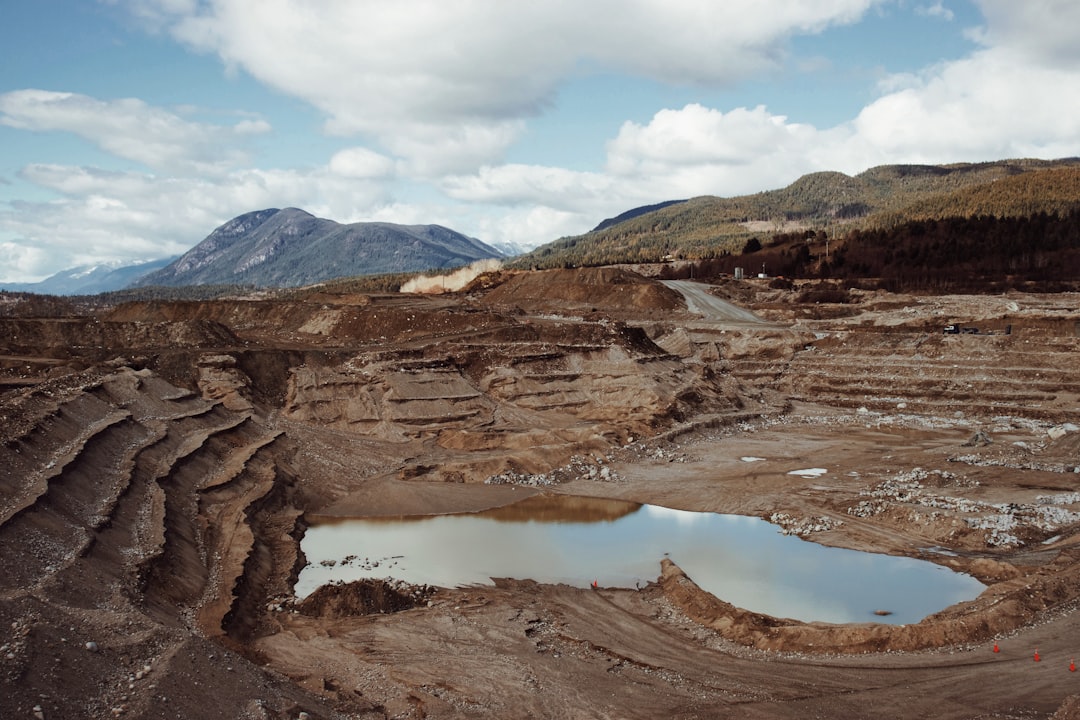What is it about?
Wildfire is one of the most critical natural disasters that threaten wildlands and forest resources. Traditional firefighting systems, which are based on ground crew inspection, have several limits and can expose firefighters’ lives to danger. Thus, remote sensing technologies have become one of the most demanded strategies to fight against wildfires, especially UAV-based remote sensing technologies. They have been adopted to detect forest fires at their early stages, before becoming uncontrollable. Autonomous wildfire early detection from UAV-based visual data using different deep learning algorithms has attracted significant interest in the last few years. To this end, in this paper, we focused on wildfires detection at their early stages in forest and wildland areas, using deep learning-based computer vision algorithms to prevent and then reduce disastrous losses in terms of human lives and forest resources.
Featured Image

Photo by Tengyart on Unsplash
Why is it important?
The contributions of this paper are as follow: 1) Presenting the influence of the recent UAV-based visual remote sensing technologies and Deep Learning-based computer vision algorithms to improve firefighting by detecting fires in forests and wildlands at their early stages. 2) Helping researchers and firefighters to decide what remote sensing and what algorithms they should use according to the structure of the covered areas and the mission they aim to achieve. 3) Discussing different UAV-based fire/smoke detection difficulties, including the variations of smoke/fire appearance, the chosen architecture, among others.
Read the Original
This page is a summary of: A review on early wildfire detection from unmanned aerial vehicles using deep learning-based computer vision algorithms, Signal Processing, January 2022, Elsevier,
DOI: 10.1016/j.sigpro.2021.108309.
You can read the full text:
Contributors
The following have contributed to this page










